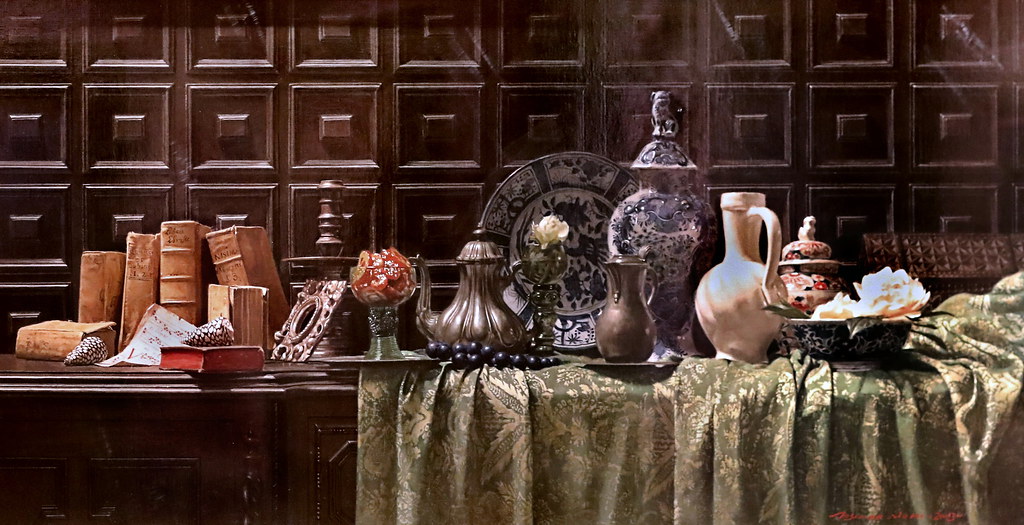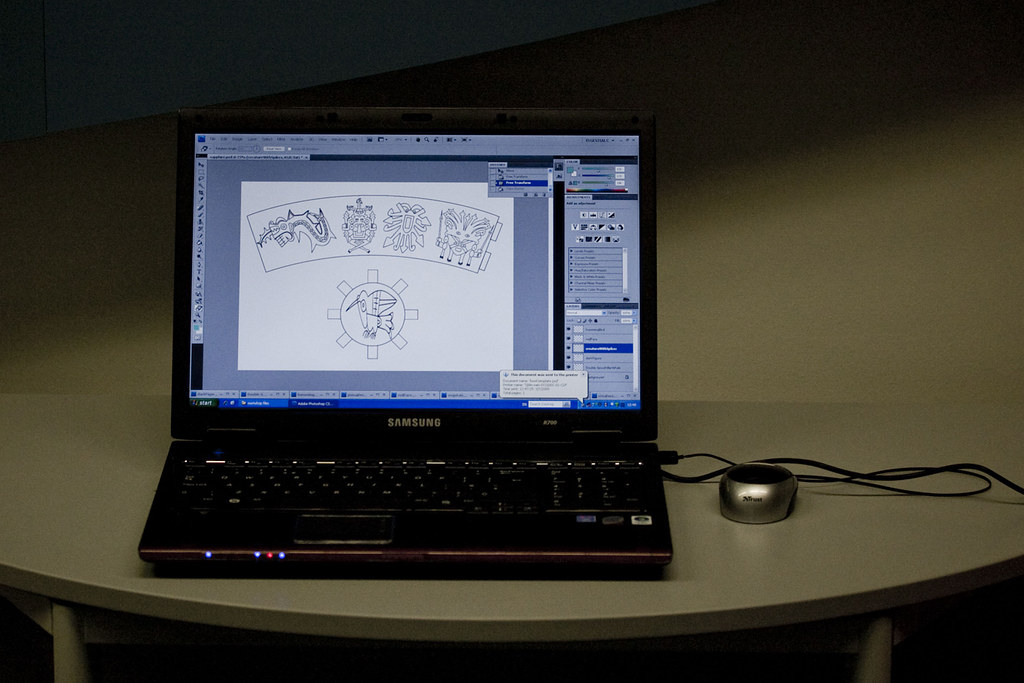The Art of Underglazing: A Comprehensive Guide
Underglazing is an exciting and versatile technique in ceramic art. It involves applying a colored decoration on a ceramic piece before it is glazed. This method allows artists to create intricate designs and vibrant colors that become part of the piece itself once fired.

Understanding Underglazes
Underglazes are a popular choice for ceramic artists due to their ability to produce fine lines and detailed work. Velvet underglazes, for example, offer a wide range of colors that can be layered and blended to achieve unique effects. These underglazes are typically used with a clear glaze over top, which enhances the vibrancy of the colors.

Applications and Techniques
The true beauty of underglazing lies in its flexibility. Artists can experiment with a variety of techniques to avoid common issues like the underglaze sticking to the kiln shelf. It is vital to ensure all surfaces are clean and that the underglazes are applied to bisque-fired pieces, which helps in achieving the desired finish.
 Navajo pottery incorporates intricate designs that reflect the heritage and traditions of the Navajo people. These designs are not only aesthetic but also carry deep meanings and stories.
Navajo pottery incorporates intricate designs that reflect the heritage and traditions of the Navajo people. These designs are not only aesthetic but also carry deep meanings and stories.

Historical Context
Studying the history of painted wares provides insights into the evolution of underglaze techniques. The development of painted wares from various cultures showcases the diversity and richness of ceramic art across different periods and regions.

Keeping Up with Trends
For those interested in staying updated with the latest trends and methods in underglazing and ceramic arts, exploring recent articles and resources can be incredibly helpful. These sources offer continuous learning and inspiration for artists looking to expand their craft.
Ceramics 101: Underglaze Techniques
Exploring pottery underglaze ideas can open up a world of creativity and personal expression for ceramic enthusiasts. Underglazing involves applying color to pottery before a final transparent glaze, allowing for unique designs that maintain their vividness. To further enhance your understanding, check out Jescia Hopper’s video, “Ceramics 101: Underglaze Techniques,” where she demonstrates a variety of colorful techniques you can use with underglaze and low-fire clay, including sgraffito, inlay, transfer, and more.
What Creative Possibilities Does Underglaze Offer?
Underglaze can bring limitless color, pattern, and personality to your ceramic pieces. From painting fine details to layering vibrant pigments, underglaze gives artists the freedom to experiment with different looks before the final glaze firing. Whether you’re aiming for subtle watercolor effects or bold illustrations, underglaze opens up a whole world of pottery underglaze ideas that encourage artistic expression.
How Does Underglaze Differ from Glaze?
Underglaze is primarily a thin, pigment-rich medium that bonds to your clay’s surface at lower temperatures. It often contains metal oxides for vivid hues and intricate designs. By contrast, glaze is a glass-forming mixture that melts and fuses into a shiny or matte coating when fired. Because underglaze stays closer to the clay, it offers precise detail work, while glaze creates a smooth, sealed finish.
When Is the Best Time to Apply Underglaze?
You can apply underglaze on greenware or after bisque firing—just be sure to do so before adding the final glaze. Many potters find bone-dry greenware ideal for painting designs since it absorbs color quickly and is easy to modify. Mistakes can be gently wiped away or scratched off, allowing you to perfect your patterns before moving on to the next step of firing.
Is Greenware or Bisque Better for Applying Underglaze?
Working on bisque-fired pottery provides a sturdier canvas, making it less prone to damage or smudging. This stability can be helpful for detailed brushstrokes, intricate designs, or multi-layered techniques. However, painting on bone-dry greenware offers the advantage of easy correction. Ultimately, the choice depends on your personal style, comfort level, and desired aesthetic.
Whether you’re experimenting with bold colors or intricate patterns, underglaze techniques offer endless possibilities to bring your creative visions to life. Don’t hesitate to try new ideas and make each piece uniquely your own—happy potting!
Stay Connected
If you enjoyed these underglaze ideas and want to see more of my pottery journey, be sure to follow me on Instagram. I'd love to share our creative adventures together!
